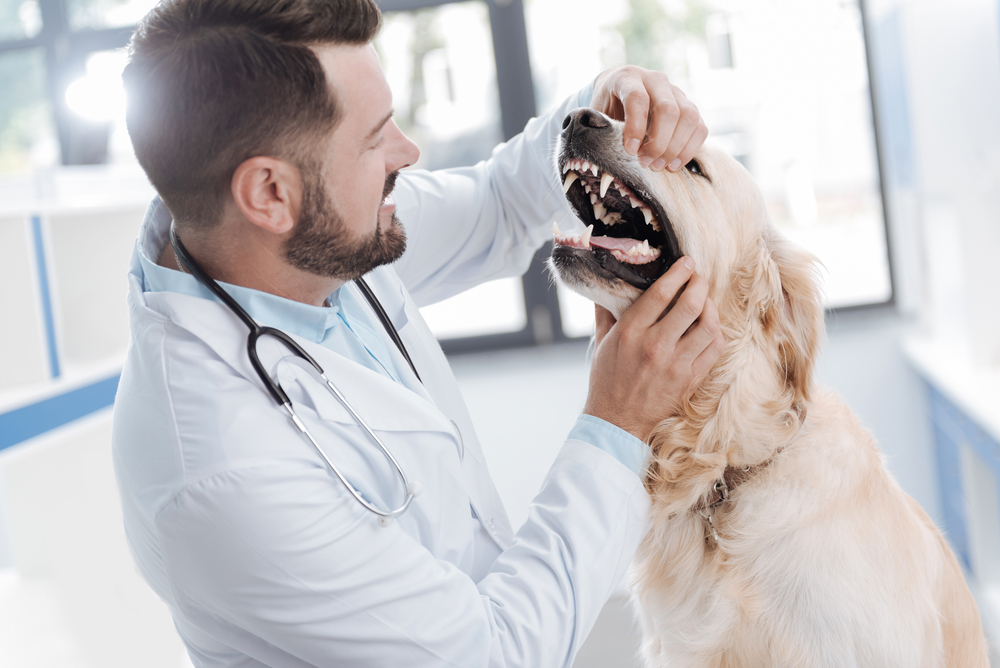Dental disease is one of the most common issues we are presented with at a Veterinary Hospital. The numbers go to the tune of 80% of dogs and 70% of cats may show signs of dental disease by the young age of 3 years old. Due to the secondary infections/heart disease/kidney disease/pain and more, it is very important to address dental disease early in the stages before these consequences start to appear. Very few of us have this as the picture in our mind of brushing your pet’s teeth.
I believe it would be more accurate that this is what we think of with regards to brushing.
The reality of dental disease is that unless we do something prophylactically, it is coming, and sometimes coming fast! My top 3 recommendations to help prolong/slow the process of dental disease are:
- Brush as much and as often as possible. Enzymatic pet toothpastes are the best substance to use while brushing because you get the perk of continued help/breakdown of plaque even after you stop brushing. This being said, I have had some pets that froth/hate the taste of pet toothpastes. I was told by a Veterinary dentist (who will remain un-named) that the brushing is much more important than the enzyme, so for the pets that do not like the toothpaste, something like juice from a can of tuna or beef/chicken broth can be used if it facilitates the time needed to brush the teeth. The other thing to remember is that yes, your Veterinarian would love to know daily brushing is done. However, we realize that is not always possible so do your best…..anything is better than nothing at all when it comes to brushing!
- Dental foods or at least these foods as treats. The older thoughts of dental treats was to give something hard and jagged. The issue with this is that as soon as the pet bites onto these treats they break quite quickly, so does not do much in the way of cleaning the teeth (and they can damage the teeth). The new concept is a fiber matrix/air pockets in a large kibble. Picture the consistency of a firm Aero chocolate bar. It has a lot of air pockets in the large kibble, and the tooth sinks most of the way through the kibble before it breaks apart, essentially brushing/scraping the tartar on the teeth.
- Prophylactic dental cleanings. If we can start doing dental cleanings under anesthesia in early stages of the disease, we avoid higher numbers of extractions required and also reduce the risk of the secondary health issues associated with dental disease. It is impossible to save all of the teeth when dental disease is advanced.
Dental disease….. Its present, or on its way in most of our pets. Let’s do what we can to keep our pets happy and healthy, and teeth is a great place to start! To brush or not to brush… brush it is!
Written by: Dr. Tim Farrow, Veterinarian




